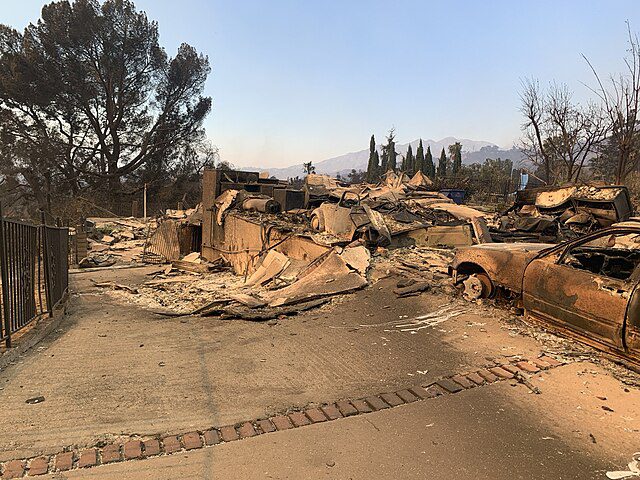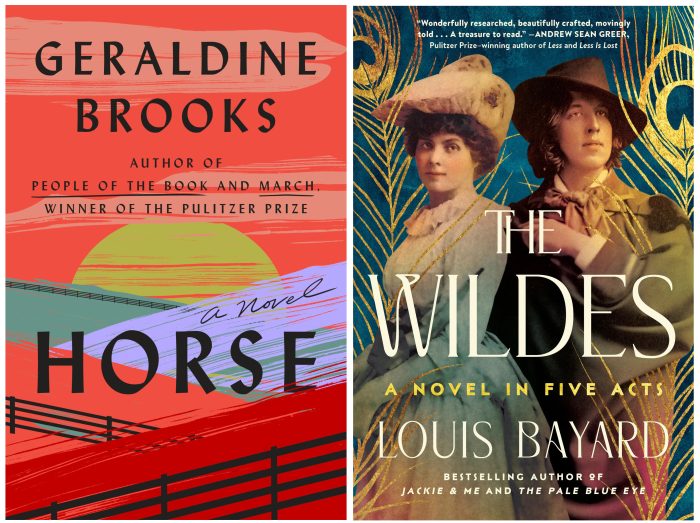By Leah S. Dunaief

Publisher
It may have started as a new year filled with hope, but this is a difficult week. The terrible fires in Southern California have burned entire neighborhoods to the ground, from mansions to mobile homes. We already know about the displaced and the deaths, but more destruction may yet come. Weather forecasts from the National Weather Service are predicting fierce winds ahead that may drive the fires into new areas.
The end is not in sight.
While this horror is on the other side of the country, it is not remote. Many of us have friends and relatives who live, work, study or are retired there, driving the tragedy right into our midst and into our hearts in a deeply personal way. These are not only abstract numbers of people and homes about which we would feel a humanitarian empathy. These are our people. These are our forests and our lands. The dreadful irony of it all, remembering the 1972 Albert Hammond song, “It Never Rains in Southern California.”
While there was already a serious homeless population for Los Angeles, the newly displaced are trying to figure out what to do next. The lucky ones have relatives or friends with whom they can seek shelter. It may be long weeks, even months before they can return, if their homes miraculously are still standing. What if they are not? Will the insurance companies hold up to enable rebuilding, or will some of them declare bankruptcy, as they have done in similar cataclysmic situations, like the one in the Caribbean Island St. Croix? Can FEMA bear the entire load?
Private citizens can be counted on to respond generously, as we have with virtually every disaster in the world. With such an enormous catastrophe, the entire national economy could take a hit. How will the new administration respond?
Speaking of the government, we have less than a week before the new administration is sworn into office. The change of political parties may in itself contribute to some emotional reaction this week, regardless of one’s party affiliation.
Many Dems are worried, while many members in the GOP are optimistic. There has been much talk of changes to come, from buying Greenland for its exotic minerals to changing the name from the Gulf of Mexico to the Gulf of America. Perhaps more seriously, there may be a tax cut in the future, some change in immigration policy and new tariffs imposed or at least threatened.
Some good news did emerge this week. There may be a truce in Gaza after 15 months of violence, with some hostages to be exchanged for Palestinian prisoners and specific movements of Israeli troops. While the atmosphere surrounding the peace talks remains tense, according to media reports, there now seems some hope.
According to Secretary of State Antony Blinken, the negotiators are only awaiting Hamas’s sign off. Perhaps the imminent changeover of presidents from Biden to Trump in the United States hastened the deal. The governments of Qatar and Egypt have also directly participated in the talks.
Perhaps now the fighting in Ukraine and the fires in Southern California can also be brought to a halt. Then we could return to hope.














